Home>Technology>Home Entertainment Systems>In A Home Theater PC, What Is The Purpose Of An HDMI Output Port
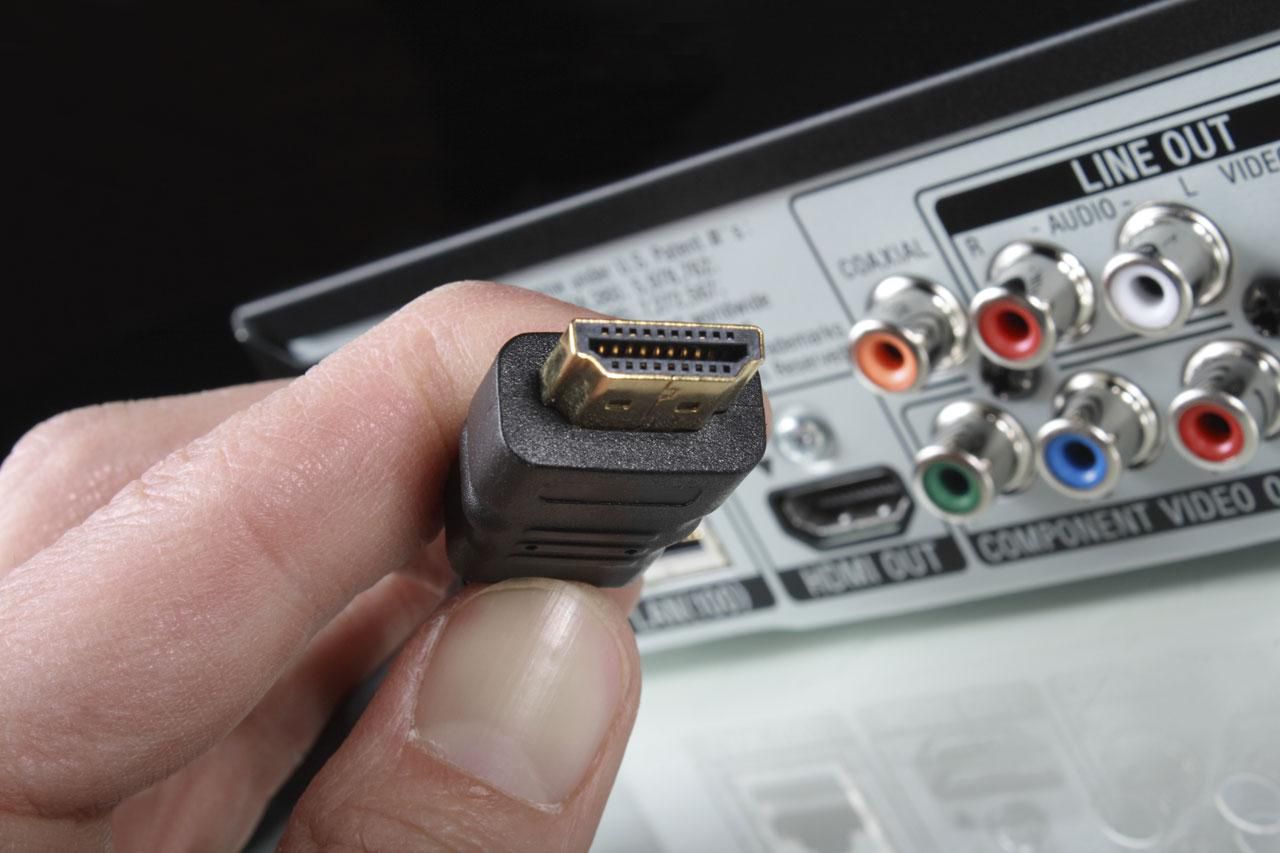

Home Entertainment Systems
In A Home Theater PC, What Is The Purpose Of An HDMI Output Port
Published: February 15, 2024
Learn about the purpose of HDMI output ports in home theater PCs and how they enhance your home entertainment system. Discover the benefits of connecting your HTPC to your TV for an immersive viewing experience.
(Many of the links in this article redirect to a specific reviewed product. Your purchase of these products through affiliate links helps to generate commission for Storables.com, at no extra cost. Learn more)
Introduction
The evolution of home entertainment systems has brought about a remarkable transformation in the way we experience audio-visual content. With the rise of Home Theater PCs (HTPCs), individuals can now enjoy a seamless integration of digital media, gaming, and internet streaming on a single platform. One of the key components that facilitate this convergence is the HDMI (High-Definition Multimedia Interface) output port. In this article, we will delve into the purpose and significance of the HDMI output port in a Home Theater PC, shedding light on its role in enhancing the overall entertainment experience.
Key Takeaways:
- The HDMI output port in a Home Theater PC (HTPC) lets you connect your computer to a TV or monitor for an awesome movie and gaming experience with high-quality sound and picture. It’s like bringing the cinema to your living room!
- The HDMI output port simplifies connecting your HTPC to a TV or monitor, making it easy to enjoy movies, games, and more on a big screen with amazing visuals and surround sound. It’s like having a personal movie theater at home!
Read more: Which Audio Port Connects To An External Home Theater Audio System Providing Digital Audio Output
What is a Home Theater PC (HTPC)?
A Home Theater PC, commonly referred to as HTPC, is a versatile computing device designed to serve as a central hub for home entertainment. Unlike traditional desktop computers, HTPCs are specifically tailored to seamlessly integrate with audio-visual equipment, providing a comprehensive multimedia experience within a home environment. These compact yet powerful systems are equipped with the necessary hardware and software to facilitate a wide range of functions, including media playback, streaming, gaming, and digital recording.
HTPCs are engineered to deliver high-quality audio and video output, making them ideal for creating a cinematic experience within the comfort of one's home. They are often equipped with advanced graphics cards, multi-channel audio support, and ample storage capacity to accommodate extensive media libraries. Additionally, HTPCs are designed to be user-friendly, with intuitive interfaces and remote control capabilities, allowing for effortless navigation and operation.
One of the defining features of a Home Theater PC is its ability to connect with various external devices, such as televisions, projectors, and audio systems, enabling users to enjoy a seamless integration of digital content across different platforms. This versatility makes HTPCs a popular choice for individuals seeking a comprehensive entertainment solution that goes beyond traditional cable or satellite TV setups.
Furthermore, HTPCs are not limited to media consumption alone; they also serve as a platform for accessing online content, gaming, and even productivity tasks. With the ability to run a wide array of applications and software, HTPCs offer a diverse range of functionalities, catering to the diverse needs of modern home entertainment enthusiasts.
In essence, a Home Theater PC represents a convergence of technology, entertainment, and convenience, providing a centralized solution for experiencing and managing digital media within the home environment. Its versatility, performance, and adaptability make it a compelling choice for those looking to elevate their home entertainment experience to new heights.
What is an HDMI Output Port?
An HDMI (High-Definition Multimedia Interface) output port is a crucial component found in electronic devices, including Home Theater PCs (HTPCs), televisions, gaming consoles, and audio-visual receivers. It serves as a standardized interface for transmitting high-definition audio and video signals between devices, delivering a seamless and immersive multimedia experience.
The HDMI output port is designed to support the transmission of uncompressed digital audio and video data, ensuring pristine signal quality and fidelity. This digital interface eliminates the need for multiple cables by consolidating audio and video transmission into a single connection, simplifying the setup and enhancing overall convenience.
With the ability to carry high-definition content, including 4K Ultra HD, HDR (High Dynamic Range), and 3D video, the HDMI output port has become the industry standard for connecting modern multimedia devices. Its versatility extends beyond traditional entertainment systems, as it also supports the transmission of multi-channel audio, making it an ideal choice for home theater setups and gaming environments.
Furthermore, HDMI output ports are equipped with advanced features such as Consumer Electronics Control (CEC), which enables interconnected devices to communicate and synchronize functions seamlessly. This allows for unified control over multiple devices using a single remote, streamlining the user experience and enhancing operational efficiency.
In the context of HTPCs, the HDMI output port plays a pivotal role in facilitating the seamless integration of digital content with external displays, such as televisions and monitors. By leveraging the capabilities of the HDMI interface, HTPC users can enjoy high-fidelity audio and visually stunning graphics, creating a captivating home theater experience.
In summary, the HDMI output port represents a cornerstone of modern multimedia connectivity, enabling the transmission of high-definition audio and video signals with unparalleled clarity and convenience. Its widespread adoption across a myriad of electronic devices underscores its significance in shaping the contemporary home entertainment landscape.
Purpose of an HDMI Output Port in a HTPC
The HDMI output port in a Home Theater PC (HTPC) serves as a vital conduit for transmitting high-definition audio and video signals to external displays, such as televisions and monitors. Its primary purpose lies in enabling HTPC users to seamlessly integrate their multimedia content with larger screens, thereby enhancing the overall viewing and listening experience within a home entertainment environment.
By harnessing the capabilities of the HDMI output port, HTPC users can enjoy the benefits of high-fidelity audio and visually immersive video content on a grander scale. This is particularly significant for individuals seeking to replicate the cinematic experience within the comfort of their homes. Whether it's streaming high-definition movies, playing graphically intensive games, or indulging in multimedia playback, the HDMI output port empowers HTPC users to showcase their digital content with uncompromised visual and auditory quality.
Furthermore, the HDMI output port in a HTPC enables seamless connectivity with modern televisions and monitors, supporting a wide range of resolutions, including 4K Ultra HD and beyond. This compatibility ensures that HTPC users can leverage the full potential of their high-definition displays, immersing themselves in stunning visuals and crystal-clear audio without any degradation in signal quality.
In addition to its role in delivering exceptional audio-visual performance, the HDMI output port in a HTPC contributes to the overall convenience and versatility of the home entertainment setup. Its ability to transmit both audio and video signals through a single cable simplifies the connectivity process, eliminating the need for multiple cables and reducing clutter. This streamlined approach to multimedia connectivity aligns with the user-friendly nature of HTPCs, allowing for effortless integration with external displays and audio systems.
Moreover, the HDMI output port facilitates the transmission of multi-channel audio formats, enabling HTPC users to experience immersive surround sound when connected to compatible audio-visual receivers or sound systems. This capability adds a layer of depth and realism to the audio experience, further enhancing the overall impact of the multimedia content being enjoyed.
In essence, the purpose of the HDMI output port in a HTPC extends beyond mere connectivity; it embodies the gateway to a captivating and immersive home entertainment experience, where high-definition audio and video content can be seamlessly shared and enjoyed on larger displays, elevating the overall viewing and listening pleasure for enthusiasts of digital media.
Connecting a HTPC to a TV or Monitor
Connecting a Home Theater PC (HTPC) to a television or monitor is a straightforward process that yields a transformative impact on the home entertainment experience. The HDMI output port, a key feature of HTPCs, plays a central role in facilitating this seamless connectivity, allowing users to harness the full potential of their multimedia content on larger screens.
To establish the connection, users can utilize an HDMI cable, which serves as the conduit for transmitting high-definition audio and video signals from the HTPC to the television or monitor. The HDMI cable, known for its reliability and versatility, ensures that the digital content is conveyed with pristine clarity and fidelity, preserving the integrity of the audio-visual experience.
Upon connecting the HTPC to the TV or monitor via the HDMI cable, users can leverage the advanced capabilities of their high-definition displays, immersing themselves in visually stunning content and enjoying immersive audio with uncompromised quality. Whether it's streaming movies, engaging in gaming sessions, or accessing digital media libraries, the seamless integration between the HTPC and the display device elevates the overall entertainment experience to new heights.
Furthermore, the HDMI output port enables support for various resolutions, including 4K Ultra HD, HDR (High Dynamic Range), and 3D video, ensuring that users can fully capitalize on the capabilities of modern televisions and monitors. This compatibility paves the way for a captivating viewing experience, characterized by vivid imagery and lifelike visuals that bring digital content to life within the home environment.
In addition to the visual prowess, the HDMI output port facilitates the transmission of multi-channel audio formats, enabling users to experience enveloping surround sound when connected to compatible audio-visual receivers or sound systems. This immersive audio experience adds depth and richness to the overall entertainment, enhancing the impact of movies, music, and gaming content.
The seamless connectivity between the HTPC and the TV or monitor, made possible by the HDMI output port, underscores the versatility and user-friendly nature of HTPCs, empowering individuals to curate a personalized home entertainment setup that transcends traditional viewing experiences. By bridging the gap between digital content and larger displays, the HTPC opens the door to a world of captivating multimedia experiences, where every visual detail and sonic nuance can be savored to the fullest.
Benefits of Using HDMI Output in a HTPC
The utilization of the HDMI output in a Home Theater PC (HTPC) yields a myriad of compelling benefits that significantly enhance the overall home entertainment experience. From delivering pristine audio-visual quality to streamlining connectivity, the HDMI output port plays a pivotal role in shaping the immersive and versatile nature of HTPCs.
1. High-Fidelity Audio and Video Transmission
The HDMI output port enables HTPC users to transmit high-definition audio and video signals to external displays with unparalleled clarity and fidelity. This results in a visually stunning and sonically immersive experience, allowing individuals to indulge in their favorite movies, games, and multimedia content with uncompromised quality.
2. Seamless Integration with High-Definition Displays
By leveraging the HDMI output port, HTPC users can seamlessly connect their systems to modern televisions and monitors, unlocking the full potential of high-definition displays. This seamless integration ensures that users can enjoy their digital content on larger screens, immersing themselves in captivating visuals and lifelike imagery.
3. Support for Advanced Resolutions and Audio Formats
The HDMI output port in HTPCs supports a wide range of resolutions, including 4K Ultra HD, HDR, and 3D video, enabling users to experience content in stunning detail and vibrancy. Additionally, the transmission of multi-channel audio formats enhances the overall audio experience, delivering enveloping surround sound that elevates the impact of movies, music, and gaming content.
4. Simplified Connectivity and User-Friendly Operation
With the HDMI output port, the connectivity process between the HTPC and external displays is streamlined, eliminating the need for multiple cables and reducing clutter. This user-friendly approach aligns with the seamless and intuitive nature of HTPCs, allowing for effortless integration with high-definition displays and audio systems.
5. Enhanced Home Theater Experience
Ultimately, the utilization of the HDMI output in a HTPC contributes to the creation of a captivating home theater experience within the comfort of one's home. The combination of high-fidelity audio, visually stunning graphics, and seamless connectivity fosters an environment where digital content can be enjoyed to the fullest, transcending traditional viewing experiences.
In essence, the HDMI output port in a HTPC serves as the gateway to a world of immersive multimedia experiences, where every visual detail and sonic nuance can be savored with exceptional clarity and impact. Its role in delivering high-quality audio-visual transmission, supporting advanced resolutions, and simplifying connectivity underscores its significance in shaping the modern home entertainment landscape.
The HDMI output port on a Home Theater PC is used to connect to a TV or monitor for high-quality audio and video playback. It allows for easy setup and provides a seamless viewing experience.
Conclusion
In conclusion, the HDMI output port in a Home Theater PC (HTPC) stands as a cornerstone of modern home entertainment, empowering users to seamlessly integrate their digital content with high-definition displays and audio systems. Its role in facilitating the transmission of high-fidelity audio and visually immersive video signals underscores its significance in shaping the immersive and versatile nature of HTPCs.
The utilization of the HDMI output port not only delivers exceptional audio-visual quality but also streamlines the connectivity process, simplifying the integration of HTPCs with modern televisions and monitors. This seamless connectivity paves the way for a transformative home theater experience, where users can indulge in visually stunning content and immersive audio with uncompromised quality.
Furthermore, the support for advanced resolutions, including 4K Ultra HD and HDR, positions the HDMI output port as a conduit for experiencing digital content in stunning detail and vibrancy. The transmission of multi-channel audio formats adds a layer of depth and richness to the overall audio experience, enhancing the impact of movies, music, and gaming content within the home environment.
The user-friendly nature of the HDMI output port aligns with the intuitive and versatile characteristics of HTPCs, allowing for effortless integration with high-definition displays and audio systems. By bridging the gap between digital content and larger screens, the HDMI output port opens the door to a world of captivating multimedia experiences, where every visual detail and sonic nuance can be savored to the fullest.
In essence, the HDMI output port in a HTPC serves as the gateway to a captivating home entertainment experience, transcending traditional viewing experiences and empowering individuals to curate personalized multimedia setups that elevate the overall entertainment experience within the comfort of their homes. Its pivotal role in delivering high-quality audio-visual transmission, supporting advanced resolutions, and simplifying connectivity underscores its significance in shaping the modern home entertainment landscape.
The evolution of HTPCs, coupled with the capabilities of the HDMI output port, exemplifies the convergence of technology, entertainment, and convenience, providing users with a centralized solution for experiencing and managing digital media within the home environment. As the home entertainment landscape continues to evolve, the HDMI output port remains a vital component, enriching the multimedia experiences of enthusiasts and ushering in a new era of immersive home entertainment.
Frequently Asked Questions about In A Home Theater PC, What Is The Purpose Of An HDMI Output Port
Was this page helpful?
At Storables.com, we guarantee accurate and reliable information. Our content, validated by Expert Board Contributors, is crafted following stringent Editorial Policies. We're committed to providing you with well-researched, expert-backed insights for all your informational needs.
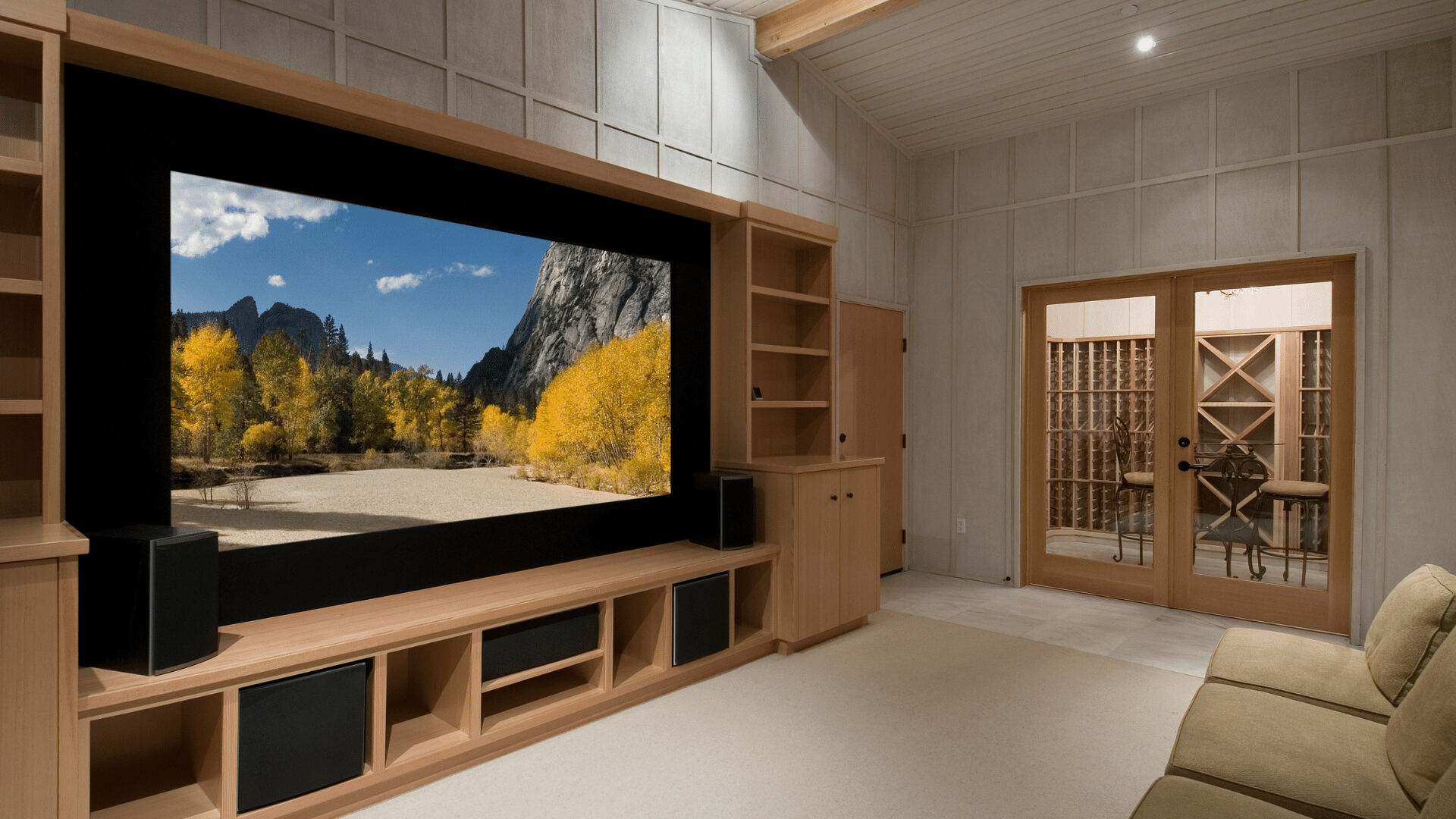
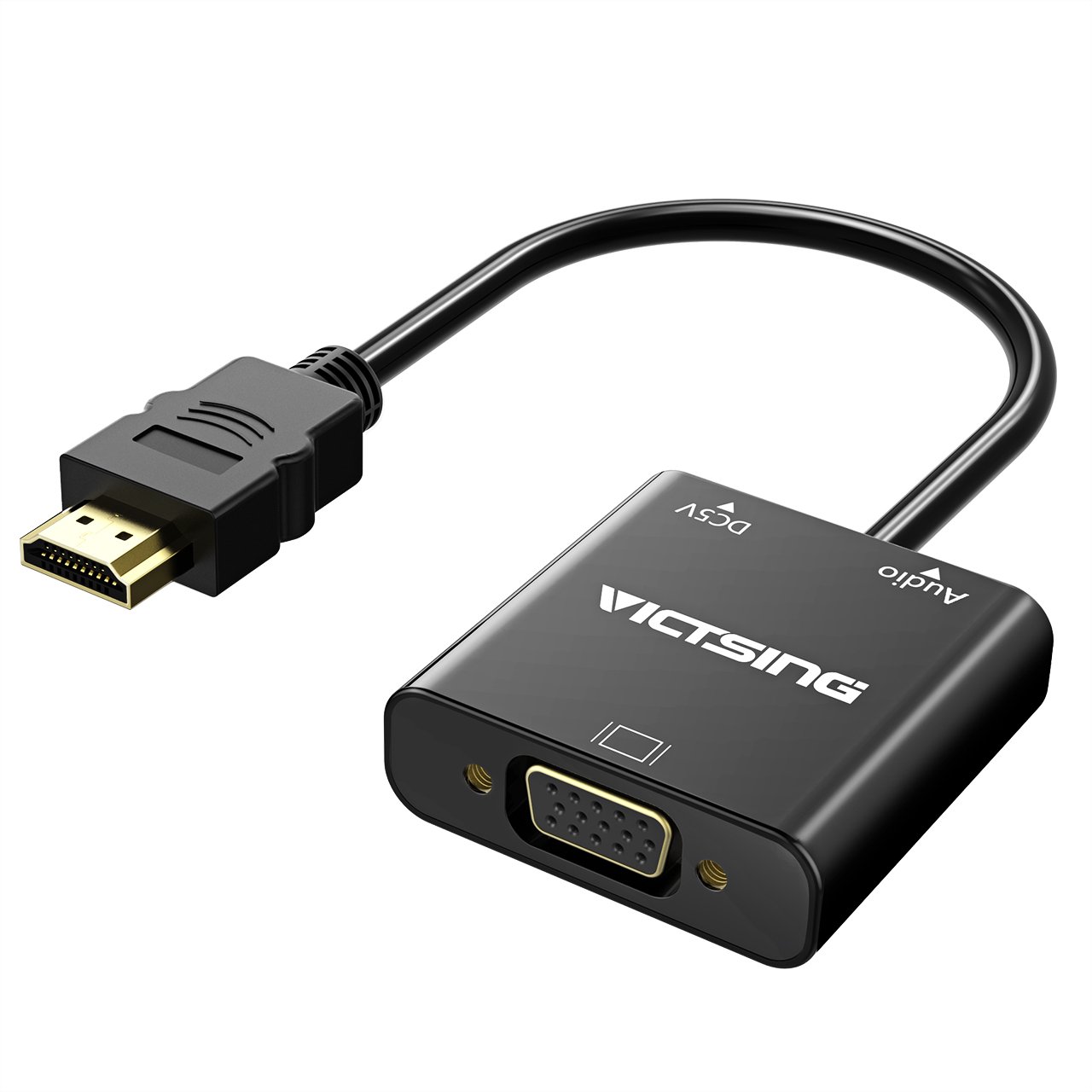

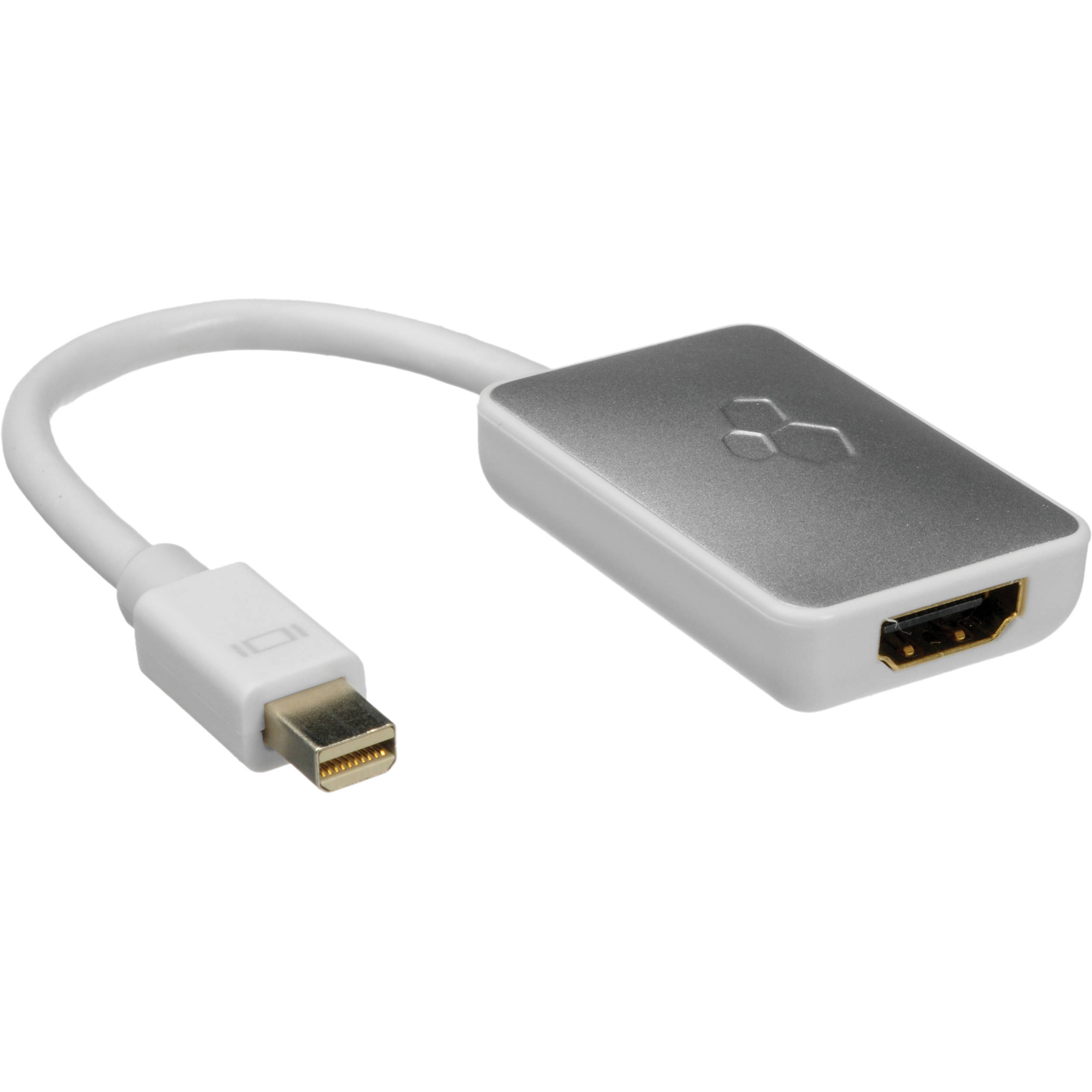
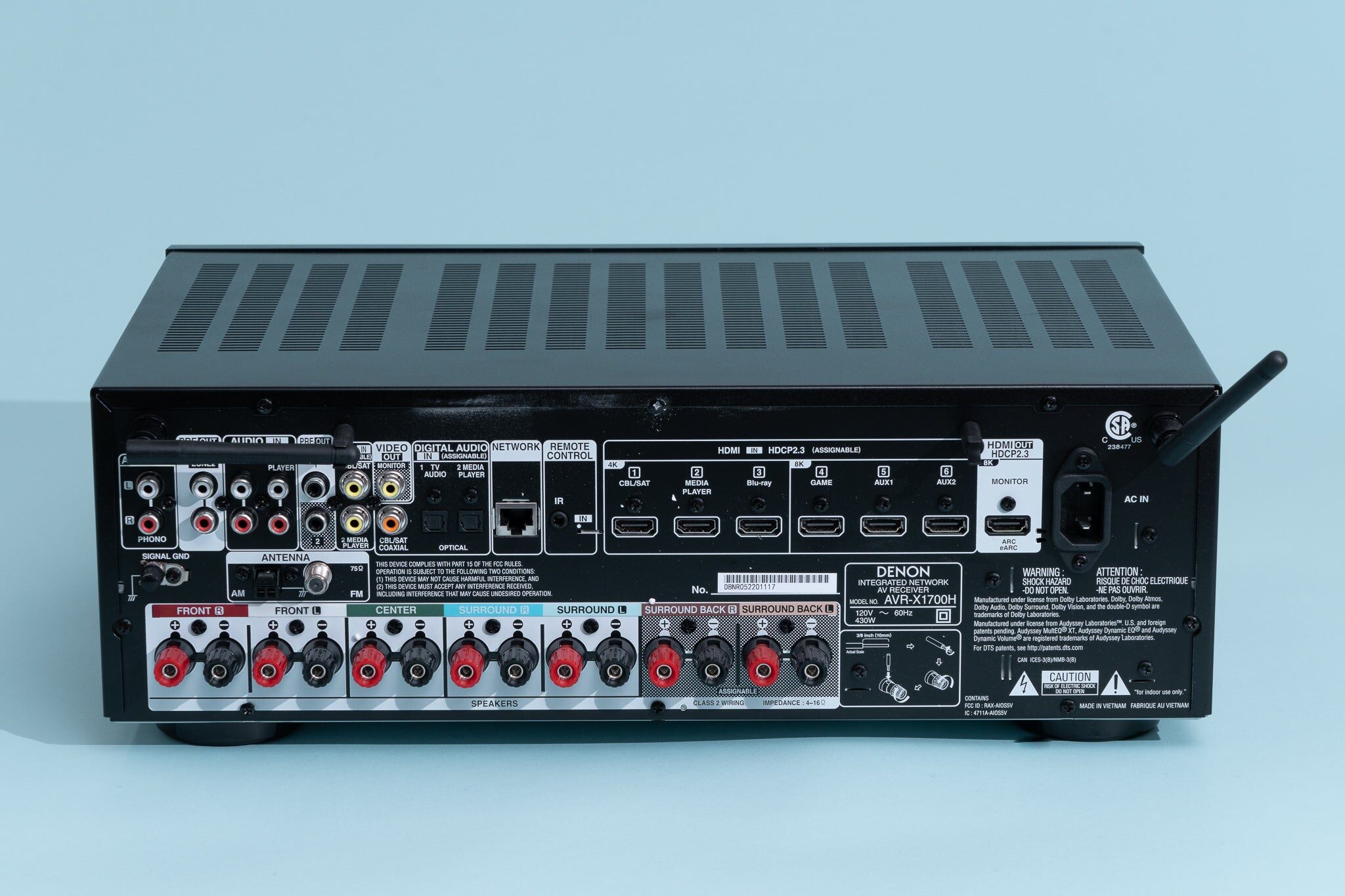
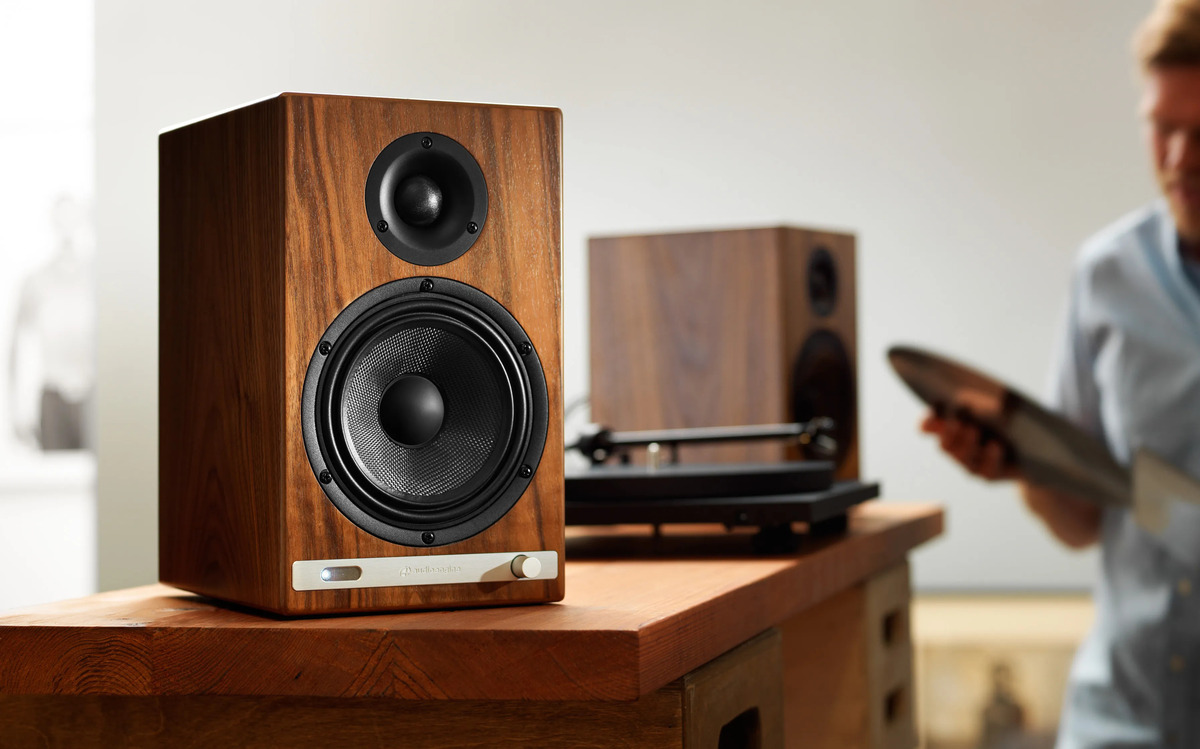
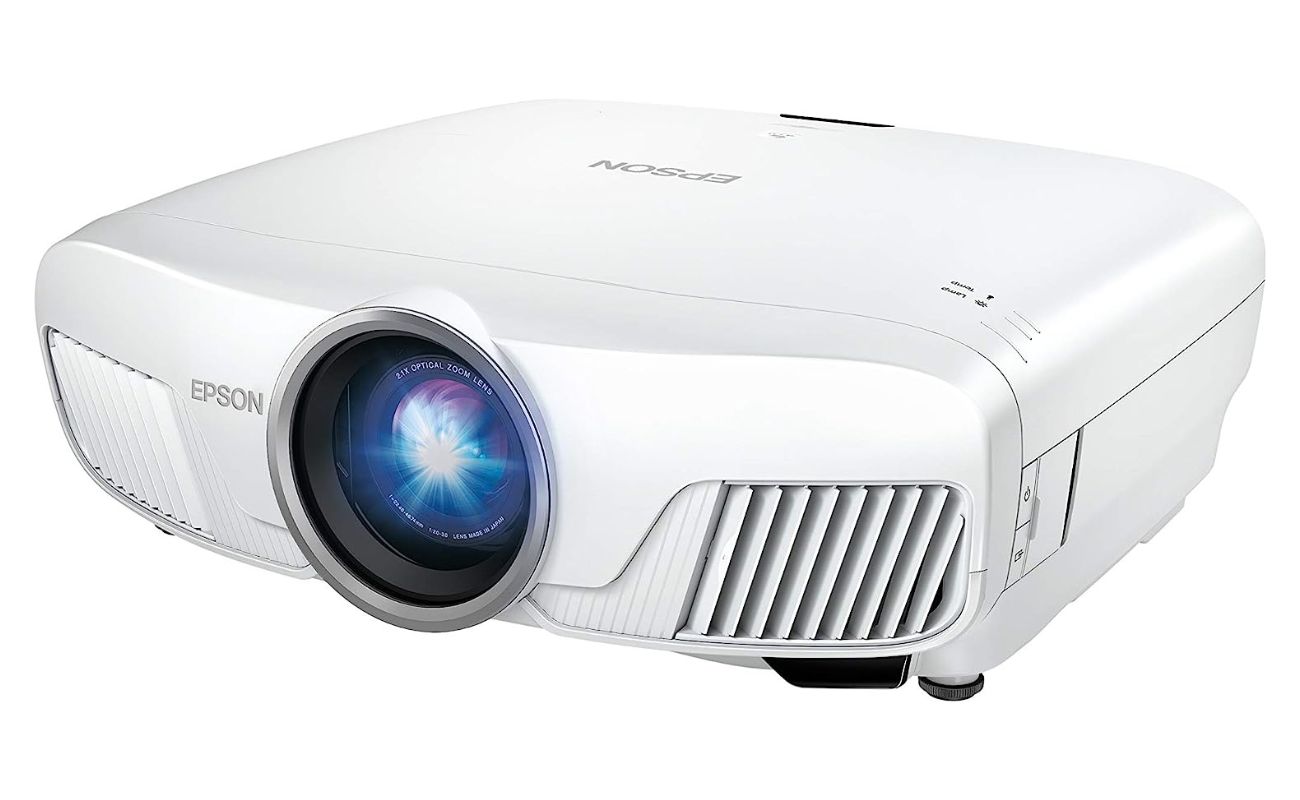
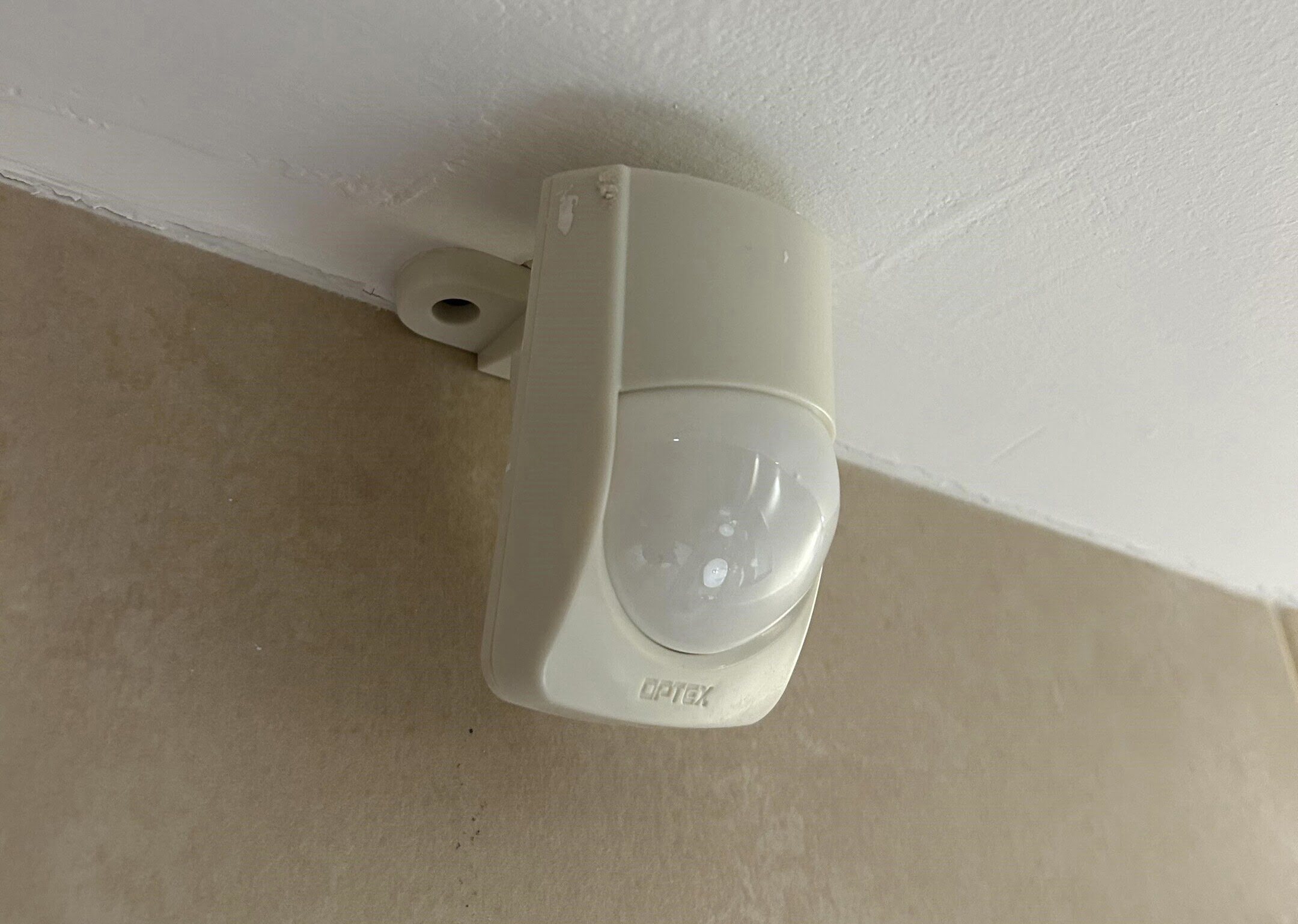
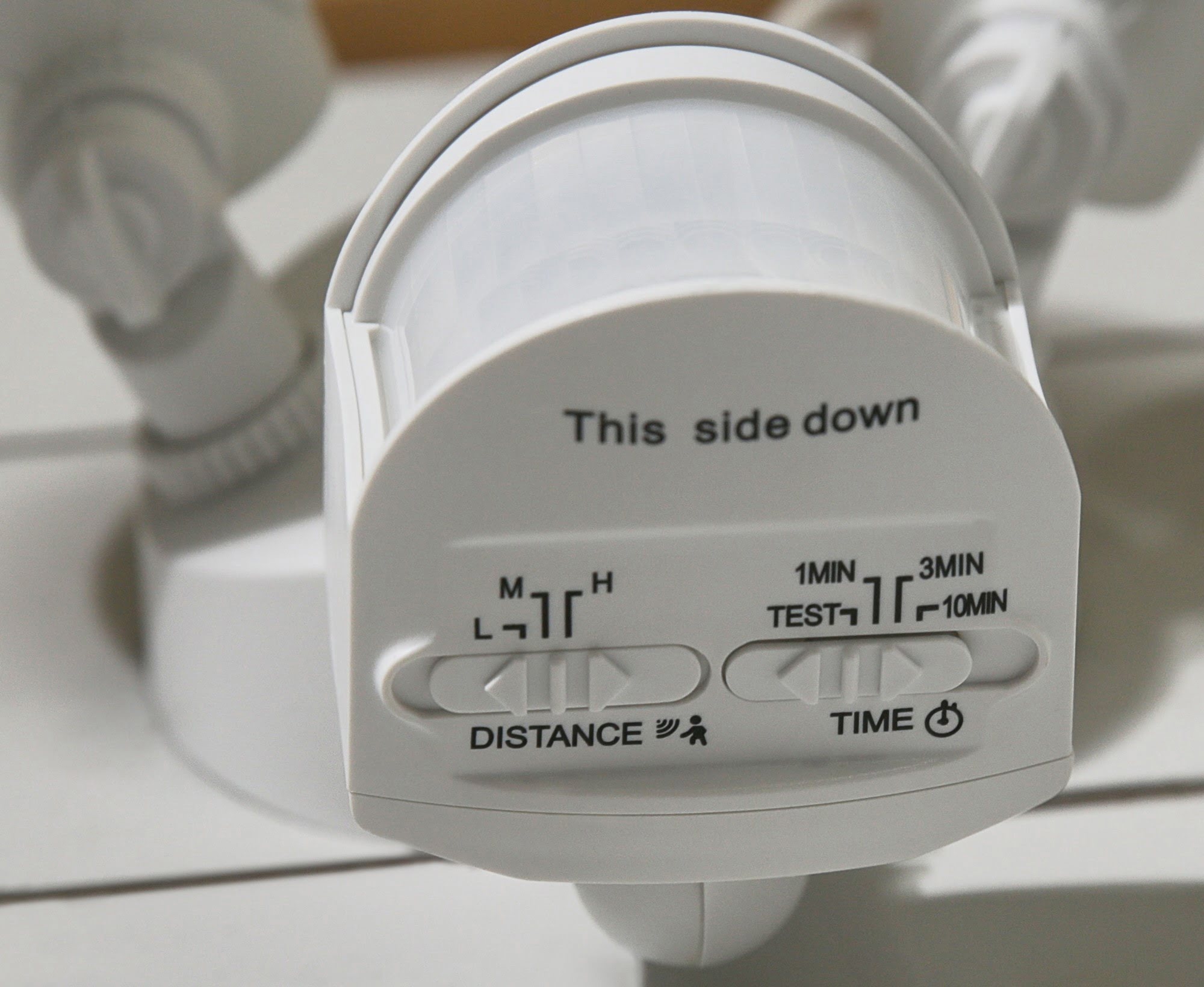
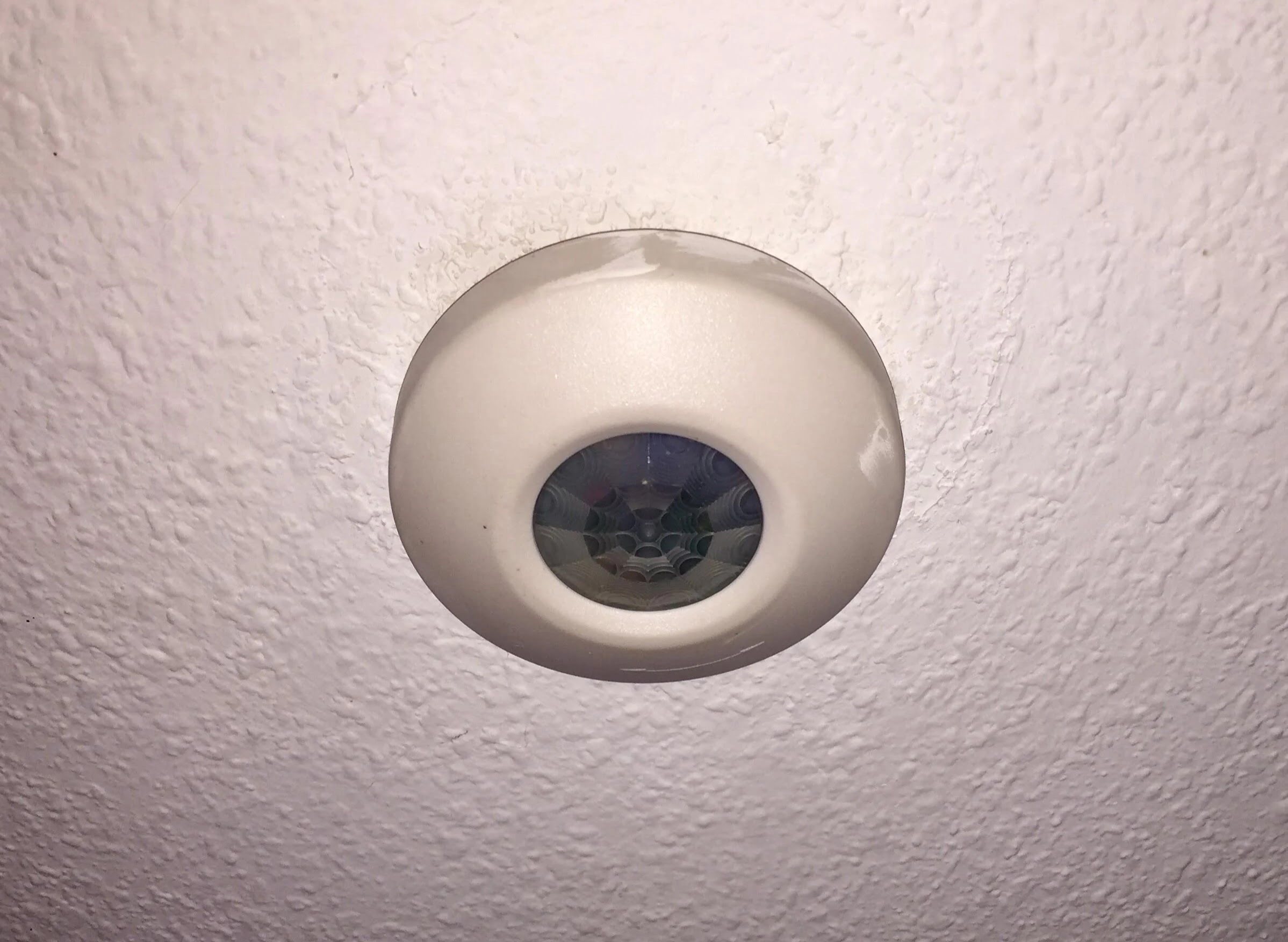


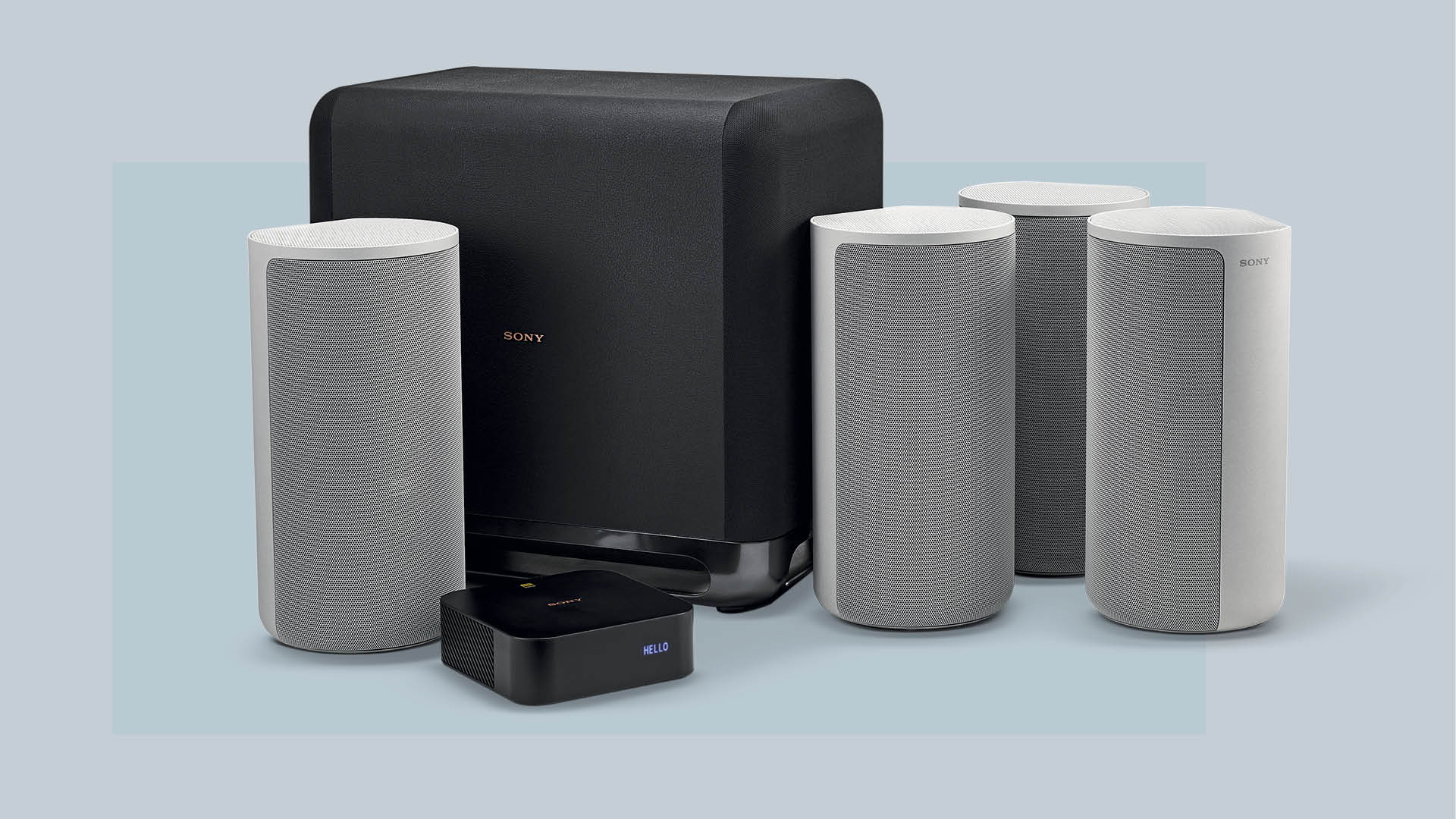

0 thoughts on “In A Home Theater PC, What Is The Purpose Of An HDMI Output Port”